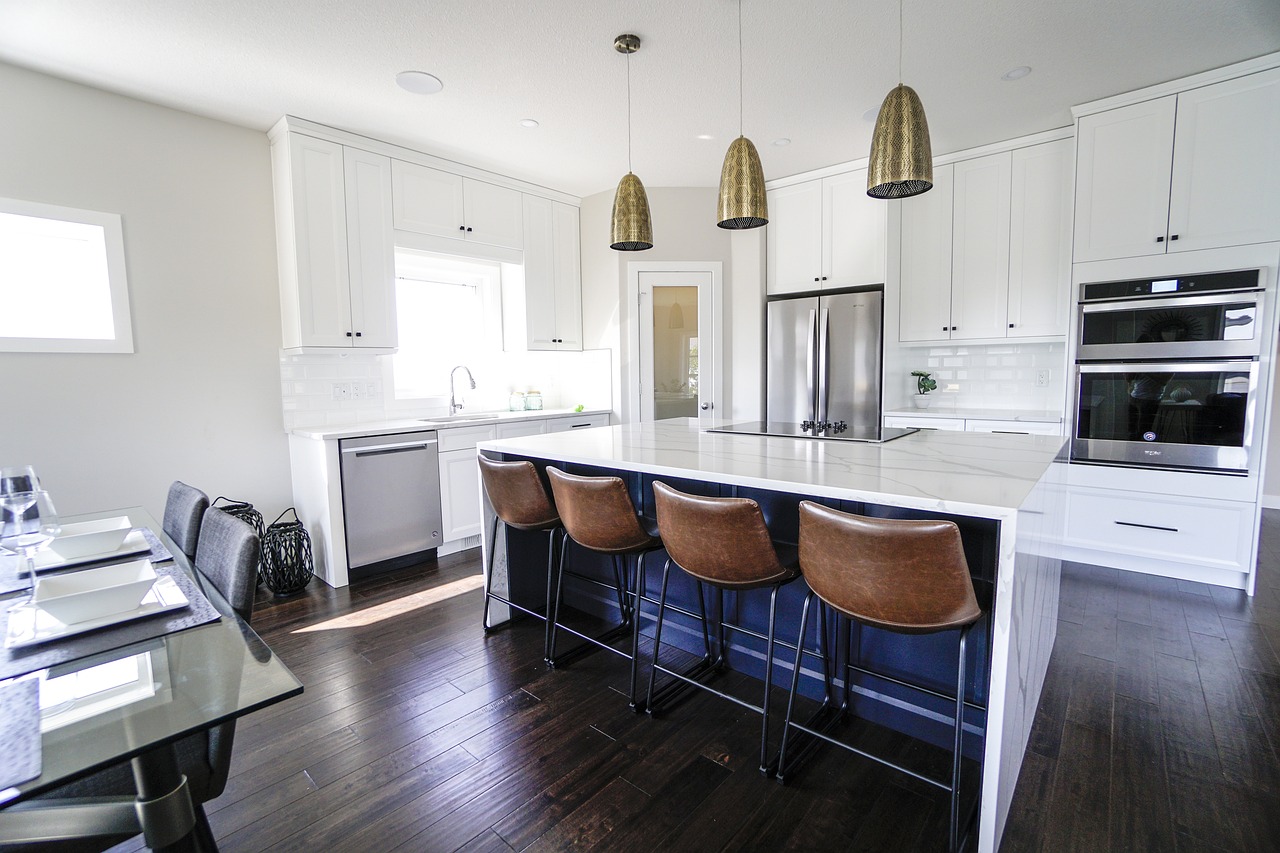Contents
Introduction
Stone is one of the most versatile elements in design. Its durability and visual appeal make it a favorite choice for architects and interior designers alike. However, effectively using stone in design can be a challenge due to its natural variation and unique characteristics. This article aims to provide insights, tips and tools that will help you use stone in your designs efficiently and creatively, for both interiors and exteriors.
Understanding Stone Types
Before anything else, it’s essential to understand the different types of stones available in the market. From granite and limestone to slate and marble, each stone comes with its unique characteristics, advantages, and disadvantages. For example, marble is a luxurious choice known for its elegance, but it is also more prone to staining and scratching. Granite, on the other hand, is robust and durable, ideal for high-traffic areas and outdoor applications.
Matching Stone to the Setting
When selecting stone, it’s crucial to consider the setting. Is your project an indoor or an outdoor design? What type of atmosphere do you wish to create? If you’re designing a high-traffic area like a kitchen countertop or a floor, you may want to consider using a durable and scratch-resistant stone like granite or quartz. Conversely, if you’re working on a bathroom or a decorative wall, you can opt for softer stones, like marble, which offers elegance and sophistication.
Blending Stone with Other Architectural Elements
Learning how to blend stone with other architectural elements is a key skill in design. Think about contrast and harmony. For example, combining smooth, polished stone surfaces with other natural materials such as wood can create a powerful and harmonious aesthetic. On the other hand, juxtaposing rough, rustic stone textures with metal finishes can lend an industrial, cutting-edge look to a space.
Manipulating Scale for Dramatic Visual Effect
One of the joys of working with stone is that it can be employed on a vast scale. By playing around with the size and proportion of stone elements in a design, one can create interesting visual effects and enhance spatial perception. A sweeping stone wall, for instance, can act as an imposing focal point and add depth to a room.
Considering Sustainability in Stone Design
Sustainability should always be a vital factor in any design decision, including stone selection. Opt for locally-sourced stone, if possible, to reduce carbon emissions related to transportation. Also, some artificial stone options are produced using a high percentage of recycled materials. Furthermore, remember that the durability of stone contributes to its sustainability, as it won’t need to be replaced for many years.
Leveraging Technical Progress
Modern technology offers many ways to work with stone that were not possible before. From computerized cutting and shaping equipment that can create accurate and complex shapes, to stone-veneer technology allowing thinner, lighter stone surfaces, it’s important to be informed about these tools and leverage them where possible.
Conclusion
Designing with stone is both an art and a science. It involves a deep understanding of the material’s properties and potential, a keen eye for aesthetics, and a sensitivity to the environmental impact of your choices. With a considerate approach and by integrating the tips and tricks discussed in this article, you can use stone to create design elements that are both practical and spectacular, enhancing your living or working space in ways you had not envisioned before.




